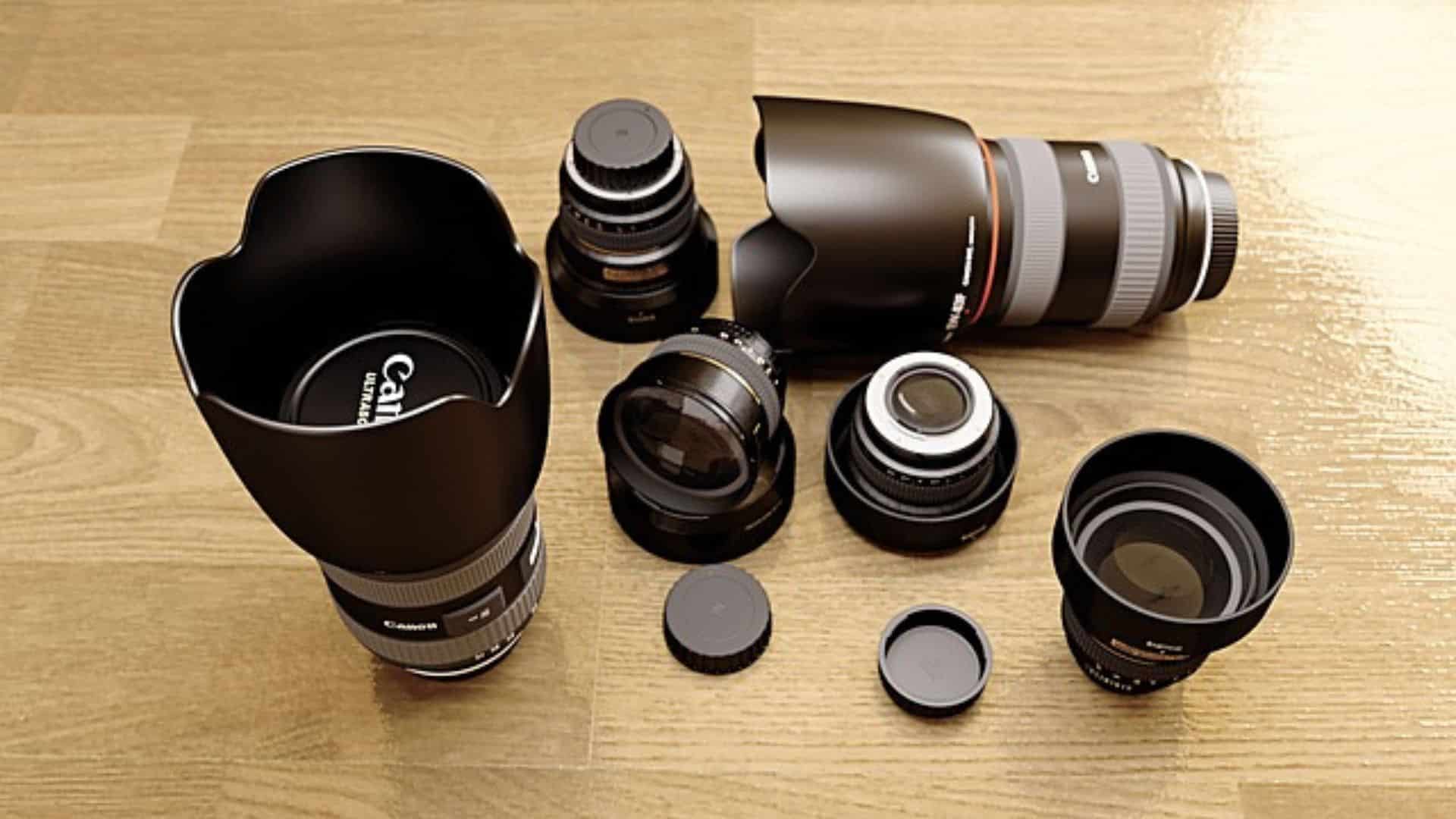Camera lenses, the optical marvels that transform scenes into art, come in many shapes, sizes, and functionalities. Understanding how camera lenses are classified is paramount for photographers seeking to elevate their craft. This in-depth exploration unravels the intricate world of camera lens classification, shedding light on the various parameters that define their roles and applications.
Introduction to Camera Lens Classification
Camera lenses are optical devices that focus light onto a camera sensor, creating images with varying perspectives, magnifications, and depths of field. They come in various designs, each catering to different photographic styles and applications. By understanding how lenses are classified, photographers can make informed decisions when selecting project equipment.
Understanding Focal Length
Focal length is one of the primary factors used to classify camera lenses. It refers to the distance between the lens’s optical centre and the camera sensor when focused at infinity. Lenses with shorter focal lengths have wider angles of view, allowing them to capture more of the scene in a single frame. On the other hand, lenses with longer focal lengths have narrower angles of view, magnifying distant subjects and compressing the perspective.
Types of Lenses Based on Focal Length
1. Wide-angle Lenses:
- These lenses have focal lengths shorter than the standard lens (typically around 35mm or less for full-frame cameras). Thanks to their broad field of view, they are ideal for capturing expansive landscapes, architecture, and interior shots.
2. Standard Lenses:
- Also known as “normal” lenses, they have focal lengths that closely approximate the human eye’s perspective (around 35mm to 70mm for full-frame cameras). Standard lenses are versatile and suitable for various photography genres, including portraits, street photography, and documentary work.
3. Telephoto Lenses:
- These lenses have longer focal lengths (typically 70mm or longer for full-frame cameras), enabling photographers to zoom in on distant subjects with greater magnification. Telephoto lenses are essential for sports, wildlife, and astrophotography, where capturing distant subjects is paramount.
Aperture Size and Lens Speed
Another crucial factor in lens classification is the aperture size, which determines the amount of light that enters the lens. Aperture is measured in f-stops, with smaller f-stop values indicating larger apertures and vice versa. The size of the aperture affects exposure and influences depth of field and bokeh (the quality of the out-of-focus areas in an image).
Types of Lenses Based on Aperture Size
1. Fast Lenses:
- These lenses have large maximum apertures (e.g., f/1.4, f/2.8), allowing them to capture more light and achieve faster shutter speeds. Fast lenses are prized for producing shallow depth of field and beautiful bokeh, making them ideal for portraits, low-light photography, and creative effects.
2. Standard Lenses:
- While most standard lenses have moderate maximum apertures (e.g., f/2.8 to f/4), some models are considered “fast” due to their larger apertures (e.g., f/1.8). These lenses balance speed, size, and cost, making them popular choices for everyday photography.
3. Slow Lenses:
- These lenses have smaller maximum apertures (e.g., f/5.6, f/8), limiting their ability to gather light and requiring longer exposure. Slow lenses are often more compact and affordable than their faster counterparts, making them suitable for landscapes, architecture, and other well-lit scenes.
Specialized Lens Designs
In addition to standard classifications based on focal length and aperture size, specialised lens designs cater to specific photographic needs. These lenses often incorporate unique optical elements or features to achieve particular effects or overcome technical challenges.
Types of Specialized Lenses
1. Macro Lenses:
- Designed for close-up photography, macro lenses allow photographers to capture intricate details with high magnification. They feature optimized optics for sharpness and minimal distortion at close focusing distances, making them ideal for capturing subjects like flowers, insects, and small objects.
2. Tilt-Shift Lenses:
- These lenses offer unique control over perspective and depth of field by allowing the photographer to independently adjust the tilt and shift of the lens elements. Tilt-shift lenses are commonly used in architectural photography to correct perspective distortion and achieve selective focus effects in creative photography.
3. Fisheye Lenses:
- Fisheye lenses have a vast angle of view, often exceeding 180 degrees. They produce highly distorted images with a characteristic barrel or spherical distortion, making them popular for artistic and experimental photography.
Lens Mount Compatibility
Finally, it’s essential to consider lens mount compatibility when selecting lenses for a specific camera system. Different camera manufacturers use proprietary lens mounts, which dictate the compatibility between lenses and camera bodies. While many third-party manufacturers offer lenses for multiple camera mounts, it’s crucial to ensure compatibility to avoid compatibility issues.
Conclusion
In the intricate tapestry of how camera lenses are classified, classification serves as a roadmap, guiding photographers through diverse options. Focal length, aperture, design, focusing mechanism, compatibility, and build quality collectively define the characteristics of a lens. With this knowledge, photographers can navigate the lens landscape, selecting the tools that align with their creative vision and the demands of their photographic pursuits. The art of photography, after all, begins with the lens, and understanding its classifications is the first step toward capturing images that transcend the ordinary.
FAQs: How Are Camera Lenses Classified
a. What is a prime lens?
A prime lens has a fixed focal length, offering simplicity and wide apertures, ideal for low-light conditions and artistic depth.
b. How does a zoom lens work?
Zoom lenses provide variable focal lengths, allowing flexibility to zoom in or out for different compositions in a single lens.
c. Why choose a wide-angle lens?
Wide-angle lenses capture broader scenes, perfect for landscapes and architecture, providing a unique perspective and expansive view.
d. What makes macro lenses special?
Macro lenses excel in extreme close-up photography, capturing intricate details of small subjects at life-size or larger.
e. How do tilt-shift lenses differ?
Tilt-shift lenses allow precise control over perspective and depth of field, commonly used in architectural photography for correcting converging lines.


